Researchers have fabricated arrays of piezotronic transistors capable of converting mechanical motion directly into electronic controlling signals.
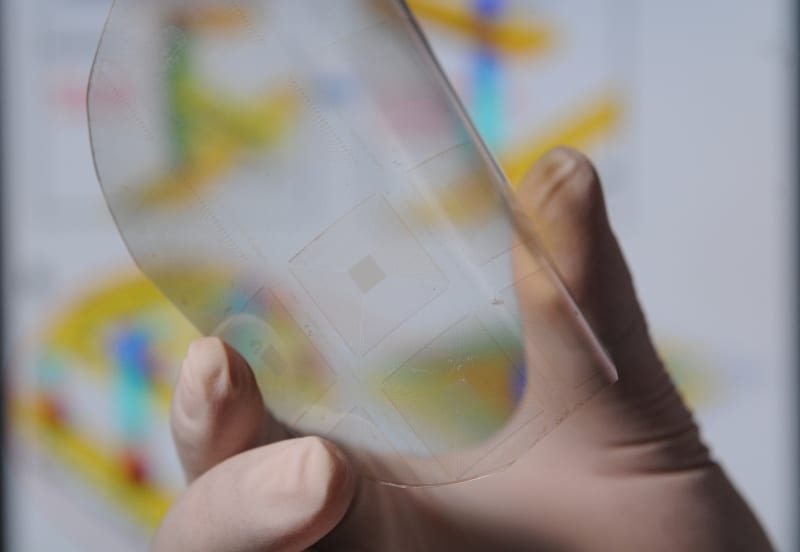

Researchers have fabricated arrays of piezotronic transistors capable of converting mechanical motion directly into electronic controlling signals.
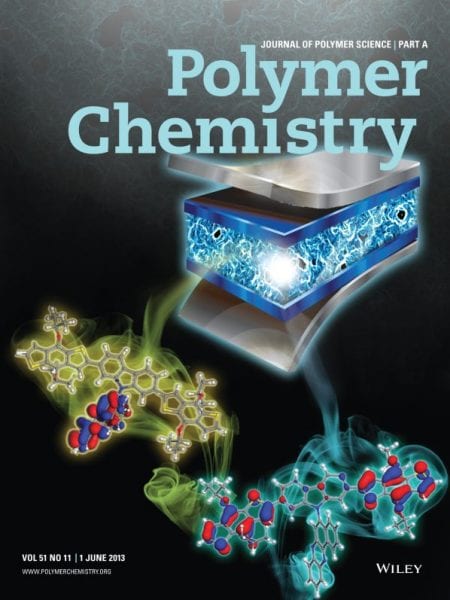
The Journal of Polymer Science Part A: Polymer Chemistry highlights some important research in the latest issue.
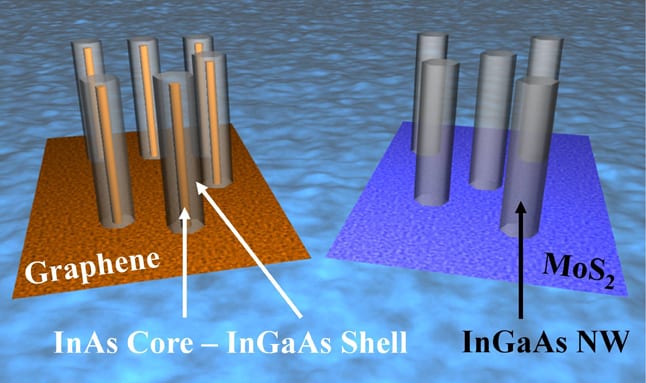
Discovery comes as researchers set out to grow nanowires of a compound semiconductor on top of a sheet of graphene.
Researchers have solved a long-standing materials science problem, making it possible to create new semiconductor devices using zinc oxide.
Pharmaco-Kinesis Corporation have announced their first commercialized offering, the first-generation Nano-Impedance Biosensor (NIB).
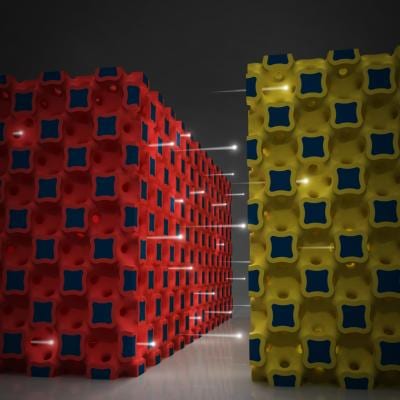
Technology out-powers even the best supercapacitors and could drive new applications in radio communications and compact electronics.
Ultrathin, flexible optoelectronic devices – including LEDs the size of individual neurons – are lighting the way for scientists in optogenetics and beyond.
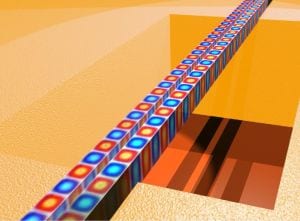
Pernice group at KIT use polycrystalline diamond for the fabrication of wafer-based optomechanical circuits.
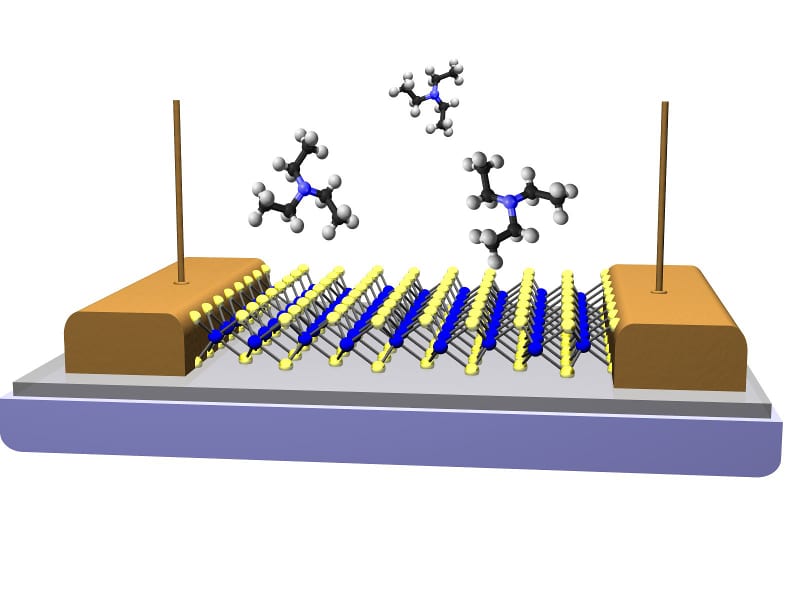
NRL team develop a vapor sensor based on new monolayer materials that shows great potential for future nanoscale electronic devices.
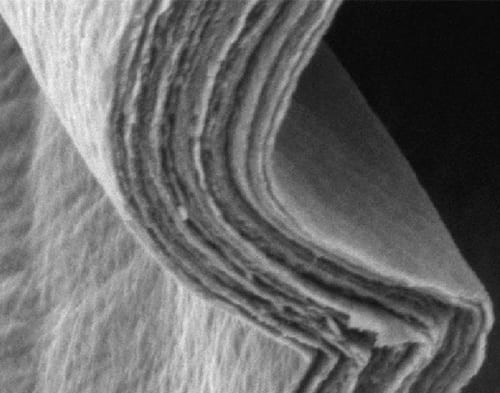
Scientists produce a paper-like ceramic material which is as hard as copper, yet flexible enough to be rolled up or folded. The material has another advantage: it is electrically conductive.